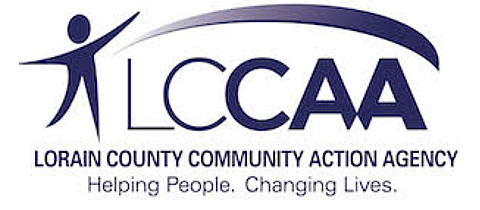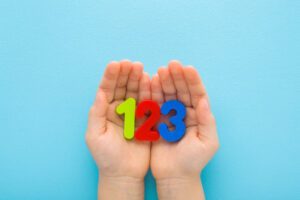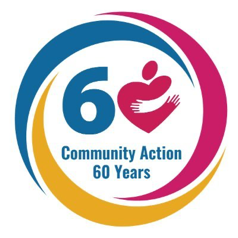Around age 3, your child may start to demonstrate real understanding of number recognition. Number recognition is the ability to identify numbers and understand their meaning. It is a critical math skill for preschoolers to develop because it lays the foundation for understanding quantity and how numbers are used in the real world around them.
When kids are young, we want to expose them to math by exploring numbers, shapes, measurements, patterns, sorting, graphing and counting. This lays a strong foundation for elementary school math lessons. We can also build children’s vocabulary of math language by using words like more, less, big, small, few, graph, etc.
Here are some ways to incorporate math at home:
- Start off small with the numbers 0-5. By introducing numbers one at a time, using visual aids like fingers, objects (manipulatives) or counting toys, while saying each number clearly and consistently. Once your child has mastered 0-5, then move on to 6-10.
- Look for numbers in the real world. We are surrounded by numbers everywhere. Point out numbers in the world around them like while you are driving, at the grocery store, restaurant or at home.
- Take numbers out of context. You want your child to recognize each number on its own, not just in relation to the numbers around it. Study each number individually.
- Practice writing numerals. When writing numerals, use terms like big line, little line or big curve, little curve. These are words we use in our Handwriting Without Tears curriculum in the classrooms when forming numbers and letters.
- Playing cards are a great resource at home to teach numbers. You can sort cards by numbers or suits, put cards in order, identify which numbers are high or low, play memory matching games, pick a card and find objects around the room to match the number on the card and so much more.
When you incorporate these ideas at home, do not panic if your child skips numbers. This is very typical when children are first learning numbers. They just need more practice with one-to-one correspondence, which is the skill of counting each item in a set once.
Making learning fun and engaging will foster the love of mathematics in your child.



